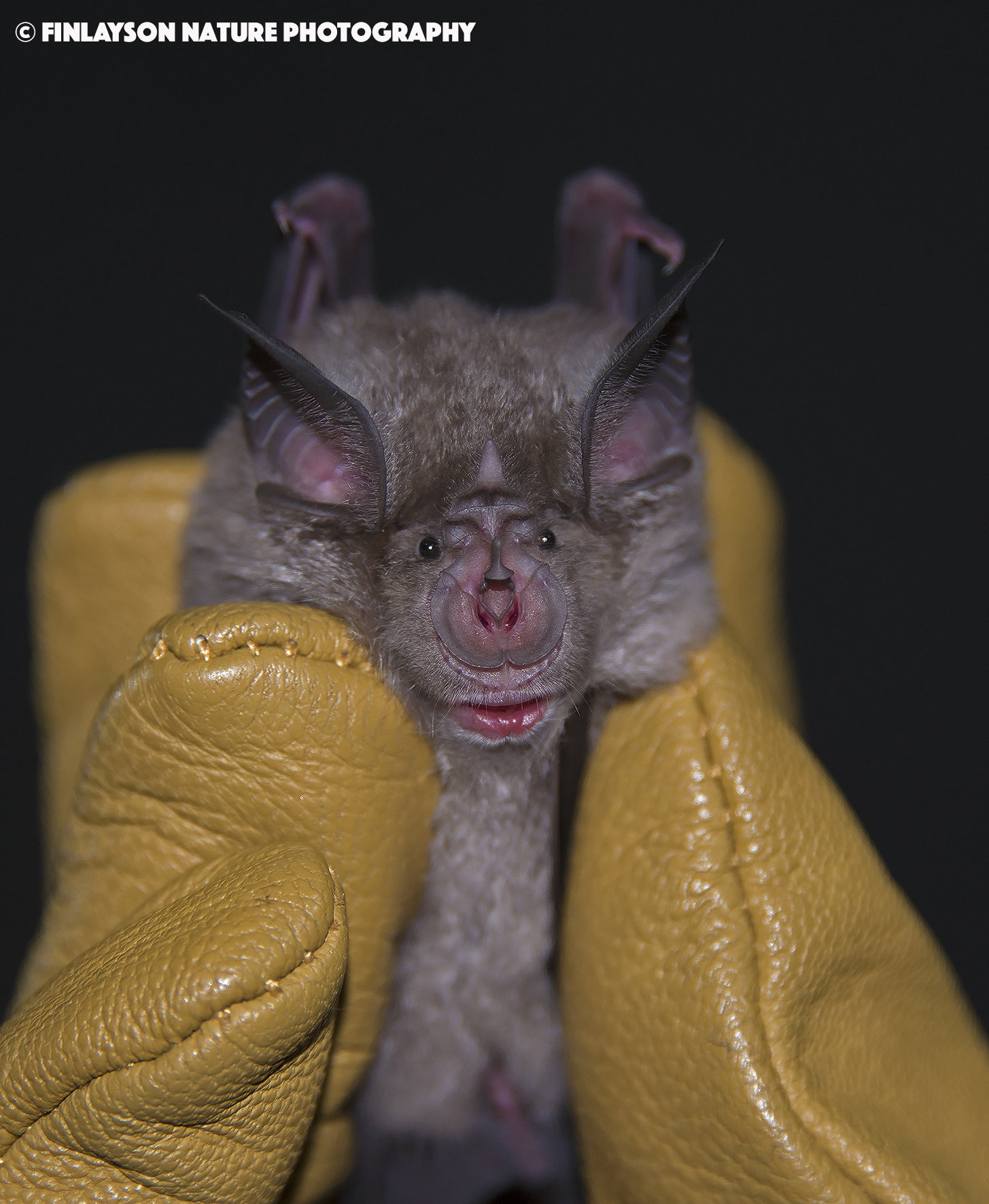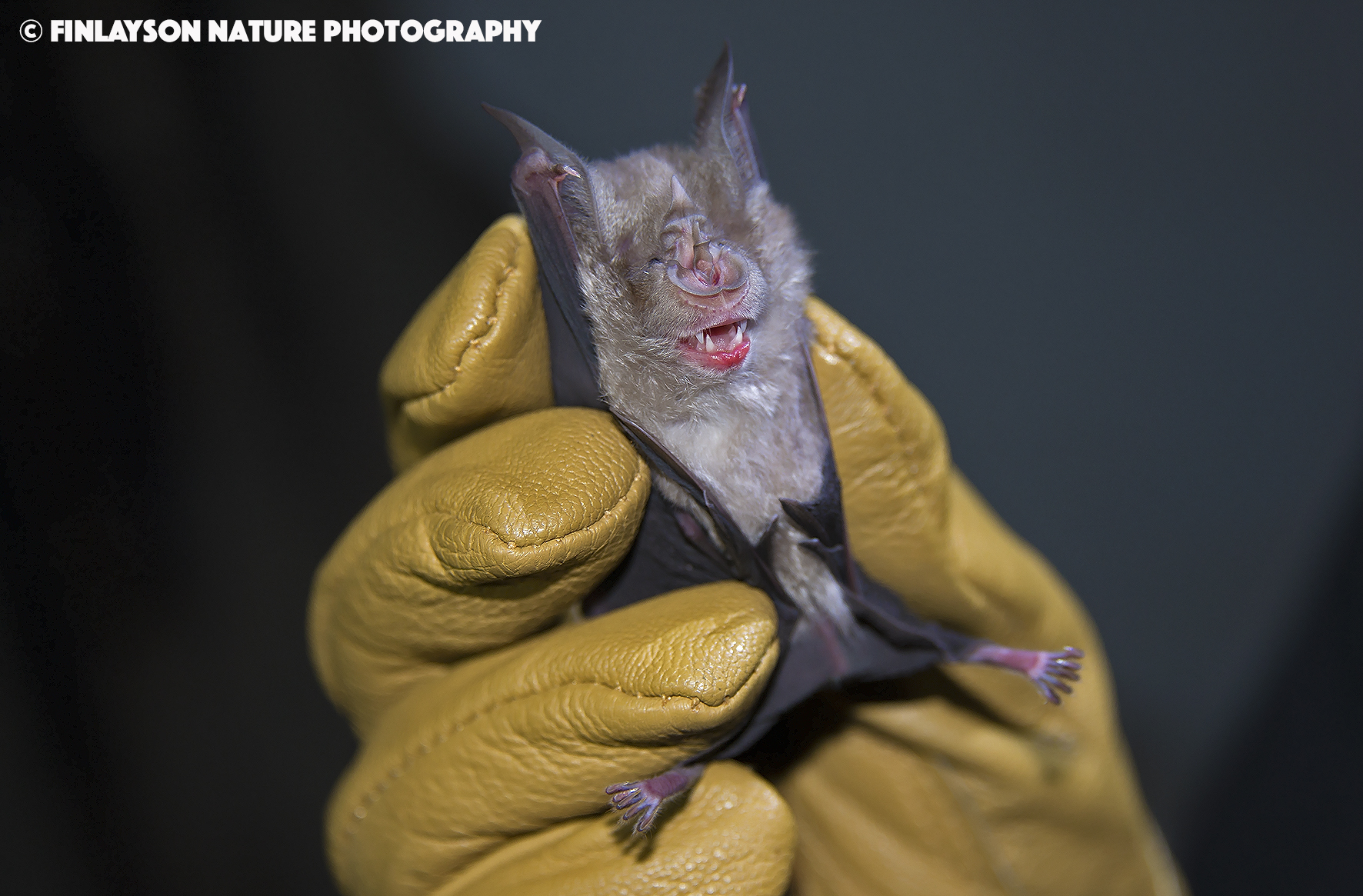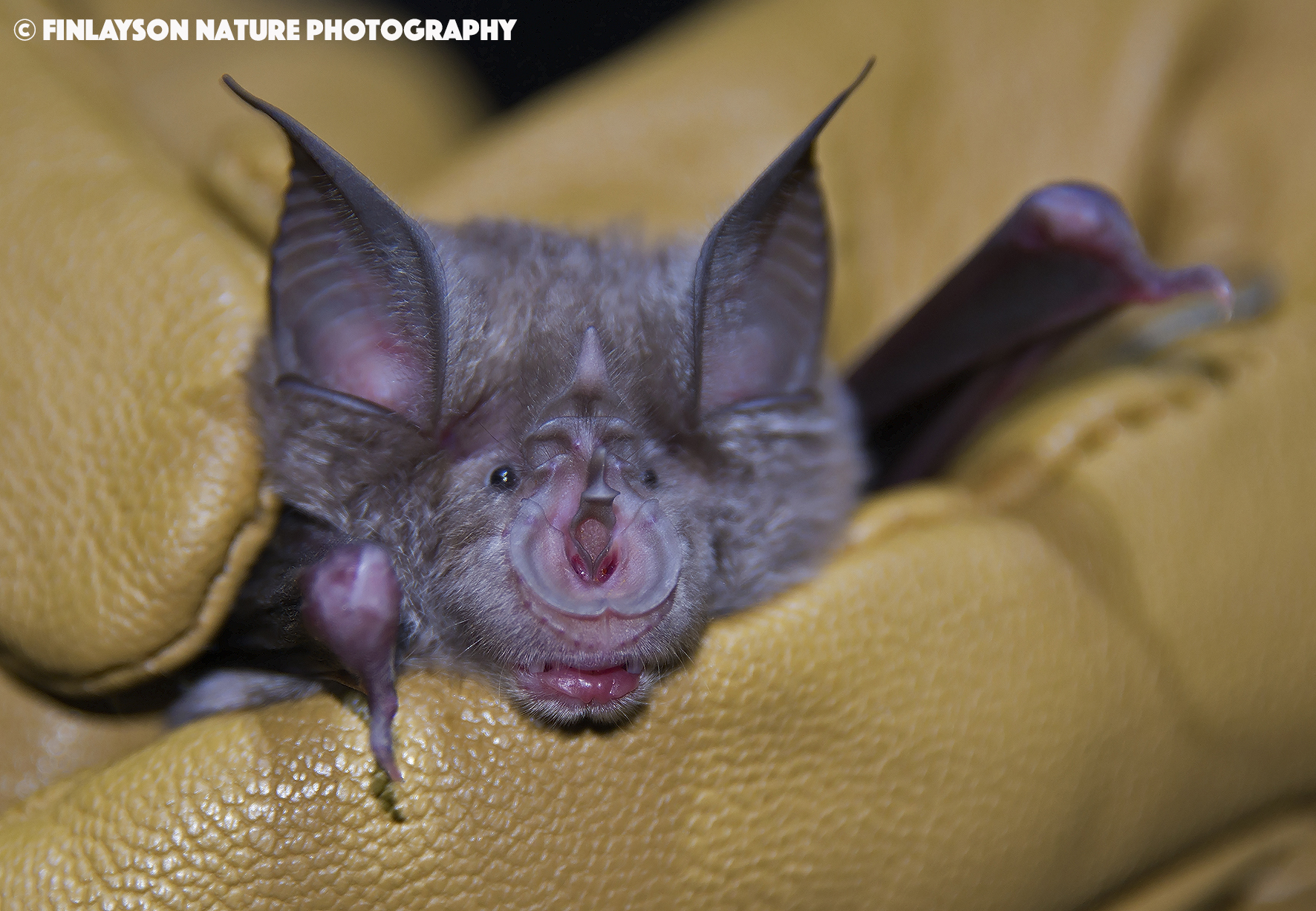It is not often you find a new species on the Rock, especially a mammal. Yet that is exactly what happened last Friday, 5th of August, 2016.
Lurking in the dark depths of a cave was a bat, but this one was not one of the usual species for Gibraltar. Dr Geraldine Finlayson of the Gibraltar Museum found the bat while working deep inside the Rock and immediately reported her findings to specialists at the museum’s Natural History Department. Excited by the prospect from the photographs which they saw, recognising it to be a species of horseshoe bat, a team from the Gib-Bats project was quickly dispatched.

After several hours of work, the team, composed of licensed bat specialists Stewart Finlayson and Giovanni Santini, with Dr Rhian Guillem of the Gibraltar Ornithological and Natural History Society and student trainee Kelsey Rowbottom of the Gibraltar Museum, the bat was identified as a Greater Horseshoe Bat (Rhinolophus ferrumequinum), a species which had never been recorded in Gibraltar before.
There are five species in total of Horseshoe Bat in neighbouring Spain and Morocco, with the Greater Horseshoe being the largest species. The team understands from old records that Lesser Horseshoe Bats (Rhinolophus hipposideros) were once found on the Rock, but they have become locally extinct over the past decade. This is therefore an extremely important find. This particular individual was a juvenile female, born this year and was probably dispersing from its birth site in search of new feeding grounds.

The Greater Horseshoe Bat is a large bat, with a wingspan up to 40 cm across. It has a distinctive nose leaf, which has a horseshoe shaped lower part, hence the species name. Its horseshoe nose leaf helps to focus the ultrasound it uses to 'see' at night. This species ranges from North Africa and southern Europe through south-west Asia, the Caucasus, Iran, Afghanistan, Pakistan and the Himalayas to south-eastern China, Korea, and Japan.
These bats feed mainly on large moths and also large beetles which they catch off the ground. It is entirely plausible that since the Catalan Bay Sand Dune on the Rock’s eastern side was cleared of the water catchments and vegetation now grows on the sand, it has allowed more insects to colonize the area. This may have produced new food sources for bats which may be tempting new species to come in. If this is the case, this example illustrates the value of the habitat restoration which has taken place on the eastern side.

Gib-Bats is a collaborative project between the Gibraltar Museum, the Department of the Environment and the Gibraltar Ornithological and Natural History Society. If a member of the public finds a bat, the animal should not be touched and Gib-Bats should be contacted on 58007963.
For further information please contact: This email address is being protected from spambots. You need JavaScript enabled to view it.

